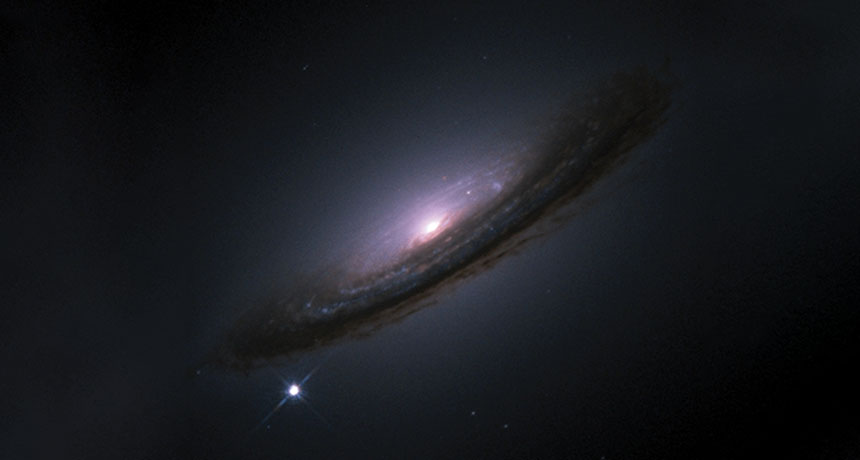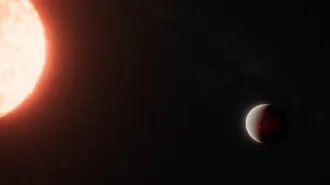Peeks into early life of supernovas show how to blow up a star
Dueling studies reveal two ways to trigger stellar explosions

FLASH OF LIGHT Type 1a supernovas, such as the one seen in this Hubble Space Telescope image, can be triggered in at least two different ways, new research shows.
NASA, ESA, The Hubble Key Project Team, The High-Z Supernova Search Team







